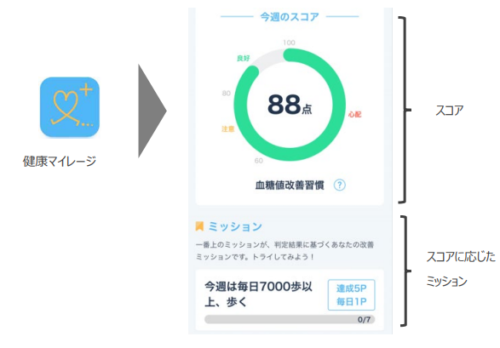2025-02-05 ブリティッシュコロンビア大学 (UBC)

<関連情報>
- https://news.ubc.ca/2025/02/global-study-of-mental-health-treatment/
- https://jamanetwork.com/journals/jamapsychiatry/article-abstract/2829593
21カ国における精神・薬物使用障害の効果的な治療法 Effective Treatment for Mental and Substance Use Disorders in 21 Countries
Daniel V. Vigo, MD, DrPH; Dan J. Stein, MD, PhD; Meredith G. Harris, MPH, PhD; et al
JAMA Psychiatry Published:February 5, 2025
DOI:10.1001/jamapsychiatry.2024.4378
Key Points
Question What proportion of common 12-month DSM-IV mental and substance use disorders receive a level and type of treatment consistent with guidelines?
Findings In this cross-sectional study including 56 927 respondents, the proportion of 12-month person-disorders across 21 countries receiving effective treatment was low. Low perceived need, low treatment contact given perceived need, and low effective treatment given minimally adequate treatment were the major barriers, with substantial variation across disorders.
Meaning These results highlight the importance of increasing perceived need, the largest barrier to effective treatment; training primary care clinicians in recognition and treatment of mental disorders; and improving the quality of care, especially from minimally adequate to effective treatment.
Abstract
Importance Accurate baseline information about the proportion of people with mental disorders who receive effective treatment is required to assess the success of treatment quality improvement initiatives.
Objective To examine the proportion of mental and substance use disorders receiving guideline-consistent treatment in multiple countries.
Design, Setting, and Participants In this cross-sectional study, World Mental Health (WMH) surveys were administered to representative adult (aged 18 years and older) household samples in 21 countries. Data were collected between 2001 and 2019 and analyzed between February and July 2024. Twelve-month prevalence and treatment of 9 DSM-IV anxiety, mood, and substance use disorders were assessed with the Composite International Diagnostic Interview. Effective treatment and its components were estimated with cross-tabulations. Multilevel regression models were used to examine predictors.
Main Outcomes and Measures The main outcome was proportion of effective treatment received, defined at the disorder level using information about disorder severity and published treatment guidelines regarding adequate medication type, control, and adherence and adequate psychotherapy frequency. Intermediate outcomes included perceived need for treatment, treatment contact separately in the presence and absence of perceived need, and minimally adequate treatment given contact. Individual-level predictors (multivariable disorder profile, sex, age, education, family income, marital status, employment status, and health insurance) and country-level predictors (treatment resources, health care spending, human development indicators, stigma, and discrimination) were traced through intervening outcomes.
Results Among the 56 927 respondents (69.3% weighted average response rate), 32 829 (57.7%) were female; the median (IQR) age was 43 (31-57) years. The proportion of 12-month person-disorders receiving effective treatment was 6.9% (SE, 0.3). Low perceived need (46.5%; SE, 0.6), low treatment contact given perceived need (34.1%; SE, 1.0), and low effective treatment given minimally adequate treatment (47.0%; SE, 1.7) were the major barriers, but with substantial variation across disorders. Country-level general medical treatment resources were more important than mental health treatment resources. Other than for the multivariable disorder profile, which was associated with all intermediate outcomes, significant predictors were largely mediated by treatment contact.
Conclusions and Relevance In addition to the gaps in treatment quality, these results highlight the importance of increasing perceived need, the largest barrier to effective treatment; the importance of training primary care treatment clinicians in recognition and treatment of mental disorders; the need to improve the continuum of care, especially from minimally adequate to effective treatment; and the importance of bridging the effective treatment gap for men and people with lower education.


